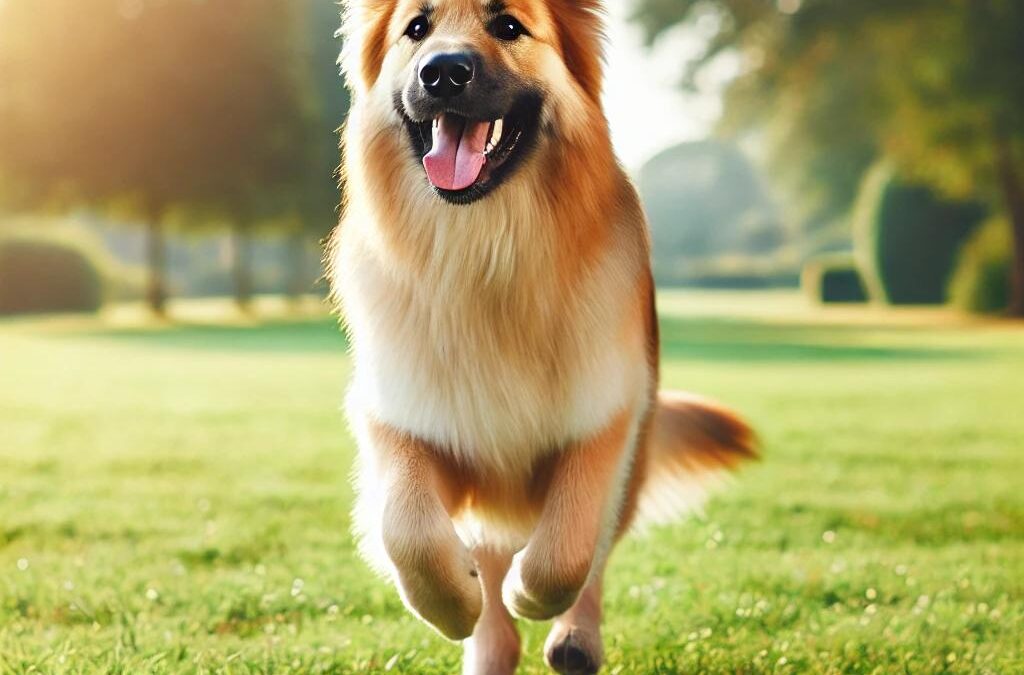Cancer is one of the leading causes of death in dogs, and researchers have found that a dog’s size plays a significant role in determining its risk of developing cancer. While all dogs are susceptible to cancer, studies have shown that larger breeds are more prone to certain types of cancers than smaller breeds. Understanding this link between size and cancer risk can help dog owners make informed decisions about their pets’ health and care. In this article, we’ll explore why large dogs have a higher risk of cancer, the most common cancers in large breeds, and how to reduce your dog’s cancer risk.
The Link Between Size and Cancer Risk
Several studies have indicated that large and giant dog breeds are more likely to develop cancer than small and medium-sized breeds. The primary reason for this increased risk is believed to be related to the biology of larger dogs, including their accelerated growth rate, shorter lifespan, and larger number of cells, all of which may contribute to a higher likelihood of cancer development.
1. Faster Growth Rates
Large breed dogs tend to grow rapidly during their early stages of life. This accelerated growth can result in abnormal cell replication, which increases the chances of cells developing into cancerous tumors. The faster the growth, the more opportunities there are for errors in DNA replication, which can lead to cancer.
2. Shorter Lifespan
On average, larger dogs live shorter lives than smaller dogs. While small dogs may live 12 to 15 years or more, giant breeds like Great Danes or Saint Bernards typically live only 7 to 10 years. Since cancer is often a disease that develops with age, large dogs experience the aging process faster, which can result in an earlier onset of cancer.
3. Increased Cell Volume
Large dogs have more cells than smaller dogs, simply because they are larger animals. The greater the number of cells in a dog’s body, the more opportunities there are for mutations and the development of cancerous cells. This correlation between cell volume and cancer risk is one of the key reasons why larger breeds are more susceptible to cancer.
Common Cancers in Large Dog Breeds
While cancer can affect any dog, certain types of cancer are more commonly found in larger breeds. Being aware of these specific cancer types can help dog owners stay vigilant and seek early treatment if necessary.
1. Osteosarcoma (Bone Cancer)
Osteosarcoma is a common type of bone cancer, particularly in large and giant breeds such as Great Danes, Rottweilers, and Irish Wolfhounds. It often affects the long bones of the legs and can be aggressive, spreading to other areas of the body. Early symptoms include limping, swelling, and pain in the affected area.
2. Hemangiosarcoma
Hemangiosarcoma is an aggressive cancer that affects the blood vessels and is most commonly found in larger breeds like German Shepherds and Golden Retrievers. This type of cancer typically affects the spleen, liver, and heart. It can be difficult to detect in its early stages, often presenting with vague symptoms like lethargy or loss of appetite.
3. Lymphoma
Lymphoma, a cancer of the lymphatic system, is prevalent across all dog sizes but is particularly common in larger breeds. Dogs with lymphoma may develop swollen lymph nodes, loss of appetite, and lethargy. It can often be treated successfully if caught early, though it may recur.
4. Mast Cell Tumors
Mast cell tumors are skin cancers that occur more frequently in larger dogs. These tumors can appear as lumps or bumps on the skin and may vary in size and appearance. While some mast cell tumors are benign, others can be malignant and spread to other parts of the body.
How to Reduce Cancer Risk in Large Dogs
While a dog’s size can contribute to cancer risk, there are several ways to reduce the likelihood of cancer development and promote overall health.
1. Maintain a Healthy Weight
Obesity is a significant risk factor for cancer in dogs. Maintaining a healthy weight through proper diet and regular exercise can reduce the strain on your dog’s body and lower the risk of cancer. Overweight dogs are more likely to develop chronic inflammation, which can lead to cancerous cell mutations.
2. Regular Veterinary Checkups
Early detection is critical in treating cancer. Schedule regular veterinary checkups to monitor your dog’s health, particularly as they age. Your vet can perform routine blood work and physical exams to detect early signs of cancer or other health issues.
3. Spaying and Neutering
Spaying and neutering your dog can reduce the risk of certain cancers, particularly reproductive cancers such as mammary cancer in females and testicular cancer in males. Consult with your veterinarian to determine the best time to spay or neuter your dog, as early intervention can help prevent cancer from developing.
4. Provide a Nutrient-Rich Diet
Feeding your dog a balanced, nutrient-dense diet can support their immune system and overall health. Include high-quality proteins, healthy fats, and antioxidant-rich fruits and vegetables to help reduce inflammation and support cellular health.
5. Avoid Exposure to Toxins
Limit your dog’s exposure to known carcinogens, such as tobacco smoke, pesticides, and certain chemicals. Providing a clean, toxin-free environment can lower the chances of your dog developing cancer.
While larger dogs are more prone to cancer due to their size, there are many proactive steps you can take to reduce the risk. From maintaining a healthy weight and regular checkups to providing a nutritious diet and minimizing exposure to toxins, you can help your large dog live a healthier and longer life. Always consult with your veterinarian if you have concerns about your dog’s cancer risk or notice unusual symptoms.


